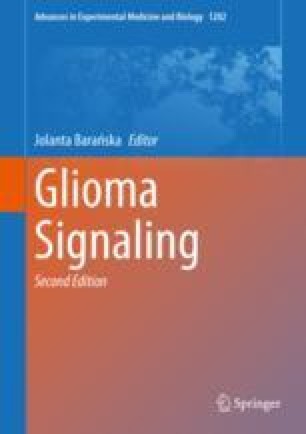 “To determine whether differences in disability status, spasticity severity, and spasticity duration at treatment start in patients with resistant multiple sclerosis (MS) spasticity might influence response to add-on tetrahydrocannabinol:cannabidiol (THC:CBD) oromucosal spray (nabiximols) versus further re-adjustment of optimized first-line antispasticity medication.
“To determine whether differences in disability status, spasticity severity, and spasticity duration at treatment start in patients with resistant multiple sclerosis (MS) spasticity might influence response to add-on tetrahydrocannabinol:cannabidiol (THC:CBD) oromucosal spray (nabiximols) versus further re-adjustment of optimized first-line antispasticity medication.
Methods: Using the database from the Sativex® as Add-on therapy Vs. further optimized first-line ANTispastics (SAVANT) study, this post hoc analysis evaluated spasticity severity (0-10 Numerical Rating Scale [NRS] scores) and pain severity (0-10 NRS scores) evolution from randomization (baseline) to week 12 (end of double-blind treatment) in defined subgroups: Expanded Disability Status Scale [EDSS] score subgroups (< 6 and ≥6); spasticity severity 0-10 NRS score subgroups (4 to ≤6 and >6), and spasticity duration subgroups (< 5 and ≥5 years).
Results: THC:CBD oromucosal spray (nabiximols) halved mean severity scores for spasticity and pain in all subgroups. Active treatment significantly improved mean spasticity severity scores versus placebo from week 4 onwards in both EDSS subgroups, in the severe spasticity subgroup, and in both spasticity duration subgroups. Active treatment significantly improved mean pain severity scores versus placebo in the ≥6 EDSS subgroup, in the severe spasticity subgroup and in both spasticity duration subgroups.
Conclusion: Add-on THC:CBD oromucosal spray (nabiximols) consistently relieves resistant spasticity across subgroups defined by baseline EDSS score, spasticity severity NRS score and spasticity duration. Patients with moderate resistant MS spasticity benefit numerically from treatment; patients with severe resistant spasticity achieve significant therapeutic gains. Spasticity-associated pain often improves similarly in the same subgroups.”
https://www.ncbi.nlm.nih.gov/pubmed/32065006
https://www.tandfonline.com/doi/abs/10.1080/00207454.2020.1730832?journalCode=ines20

 “Radiotherapy combined with chemotherapy is the major treatment modality for human glioblastoma multiforme (GBM). GBMs eventually relapse after treatment and the average survival of GBM patients is less than two years.
“Radiotherapy combined with chemotherapy is the major treatment modality for human glioblastoma multiforme (GBM). GBMs eventually relapse after treatment and the average survival of GBM patients is less than two years. “In this report, we present a case of a 16,9-year-old patient with multiple substance use disorder (
“In this report, we present a case of a 16,9-year-old patient with multiple substance use disorder ( “Novel anticancer medicines, including targeted therapies and immune checkpoint inhibitors, have greatly improved the management of cancers. However, both conventional and new anticancer treatments induce cardiac adverse effects, which remain a critical issue in clinic.
“Novel anticancer medicines, including targeted therapies and immune checkpoint inhibitors, have greatly improved the management of cancers. However, both conventional and new anticancer treatments induce cardiac adverse effects, which remain a critical issue in clinic. “Cannabinoids are a group of structurally heterogeneous but pharmacologically related compounds, including plant-derived cannabinoids, synthetic substances and endogenous cannabinoids, such as anandamide and 2-arachidonoylglycerol.
“Cannabinoids are a group of structurally heterogeneous but pharmacologically related compounds, including plant-derived cannabinoids, synthetic substances and endogenous cannabinoids, such as anandamide and 2-arachidonoylglycerol. “Cannabinoids are increasingly-used substances in the treatment of chronic pain, some neuropsychiatric disorders and more recently, skin disorders with an inflammatory component.
“Cannabinoids are increasingly-used substances in the treatment of chronic pain, some neuropsychiatric disorders and more recently, skin disorders with an inflammatory component. “The rationale of this study was to assess occurrence of withdrawal symptoms induced by abrupt cessation of cannabidiol (CBD) after prolonged administration in healthy volunteers.
“The rationale of this study was to assess occurrence of withdrawal symptoms induced by abrupt cessation of cannabidiol (CBD) after prolonged administration in healthy volunteers. “Septic lung injury is one of main causes of high mortality in severe patients. Inhibition of excessive inflammatory response is considered as an effective strategy for septic lung injury.
“Septic lung injury is one of main causes of high mortality in severe patients. Inhibition of excessive inflammatory response is considered as an effective strategy for septic lung injury. “The use of medical cannabis in children is rapidly growing.
“The use of medical cannabis in children is rapidly growing.